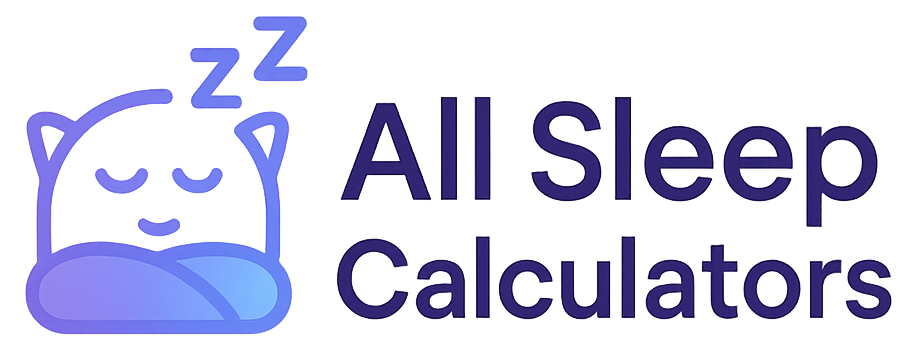What Is Microsleep?
Microsleep refers to brief, unintended episodes of sleep that last from a fraction of a second to about 30 seconds. During these episodes, a person temporarily loses consciousness and awareness of their surroundings, even though their eyes may remain open.
Safety Warning: Microsleep episodes can be extremely dangerous, especially when driving or operating machinery, as they can occur without the person being aware they've momentarily lost consciousness.
Signs of Microsleep
It can be difficult to recognize when you're experiencing microsleep, but common signs include:
- Sudden head jerking or nodding
- Brief periods of blank staring
- Inability to remember the last few seconds or minutes
- Missing road signs or exits while driving
- Not responding to information or stimuli for brief periods
- Momentary lapses in attention during repetitive tasks
Causes of Microsleep
Microsleep episodes are primarily caused by:
- Sleep deprivation: Not getting enough sleep or accumulating sleep debt
- Sleep disorders: Conditions like sleep apnea, insomnia, or narcolepsy
- Circadian rhythm disruption: Shift work, jet lag, or other disruptions to your normal circadian rhythm
- Monotonous activities: Repetitive or boring tasks that don't require active engagement
- Sleep fragmentation: Poor sleep quality due to frequent awakenings
Dangers of Microsleep
Microsleep can have serious consequences, including:
- Increased accident risk: Especially when driving, operating machinery, or performing critical tasks
- Impaired performance: Reduced productivity and accuracy at work or school
- Decision-making errors: Poor judgment in situations requiring attention
- Health risks: Chronic sleep deprivation associated with microsleep can lead to various health problems
Preventing Microsleep
The best way to prevent microsleep is to address its underlying causes:
- Get adequate sleep: Aim for 7-9 hours of quality sleep per night
- Maintain a consistent sleep schedule: Go to bed and wake up at the same time every day
- Take breaks during monotonous activities: Stand up, stretch, or change tasks every 30-60 minutes
- Use caffeine strategically: A cup of coffee can temporarily increase alertness, but isn't a substitute for proper sleep
- Recognize warning signs: If you notice signs of excessive sleepiness, take a break or nap if possible
- Use our bedtime calculator: To optimize your sleep schedule and ensure you're getting enough rest
When to Seek Help
If you experience frequent microsleep episodes despite getting adequate sleep, it may indicate an underlying sleep disorder. Consider consulting a healthcare professional or sleep specialist if:
- You regularly feel excessively sleepy during the day despite adequate nighttime sleep
- You experience sudden, uncontrollable sleep episodes
- Others have observed you falling asleep briefly during conversations or activities
- You have other symptoms of sleep disorders, such as loud snoring, gasping during sleep, or restless legs
Want to improve your sleep quality?
Use our tools to optimize your sleep schedule and reduce the risk of microsleep:
Explore More Sleep Topics
Sleep Hygiene
Discover practices that help you maintain healthy sleep habits.
Sleep Fragmentation
Learn about interrupted sleep and its effects on sleep quality.
Melatonin
Learn about this important sleep hormone and its role in your sleep-wake cycle.
Circadian Rhythm
Explore your body's internal clock and its impact on sleep timing.
